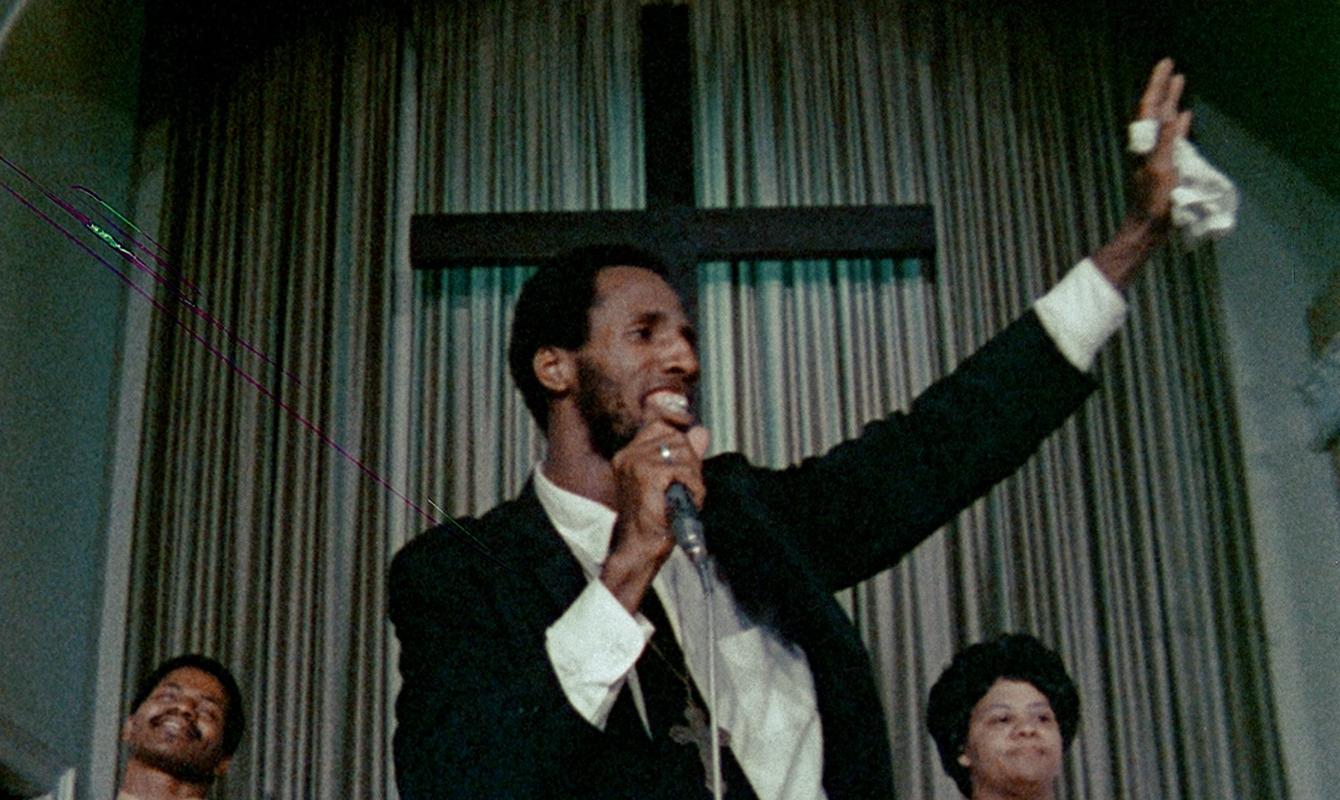Ganja & Hess

Ganja & Hess
Ganja & Hess werd gevierd op het filmfestival van Cannes, vervolgens uitgebannen door angstvallige distributeurs en gelabeld als grindhouse blaxploitation, vooraleer veertig jaar later hermaakt te worden door Spike Lee. Een nieuwe restauratie leidde tot de verrijzenis van dit zonderlinge en unieke werk van Bill Gunn (1929-1989) en de erkenning ervan als een mijlpaal binnen de Afro-Amerikaanse cinema. Gunn stelde de film in Cannes als volgt voor: “We’re not yet allowed to make personal films — so I was offered a vampire movie to do instead. When they came back, this is what they found.” Gunn werd ingehuurd om een bloederige exploitation film te maken, maar leverde in plaats daarvan een barokke fantasmagorie over verslaving, assimilatie en identiteit — “an Africanized vision quest filtered through a ramshackle collection of psychedelic and genre elements” (Howard Hampton, Film Comment). Ganja & Hess was niet alleen baanbrekend door zijn volledig zwarte cast, maar ook door het opmerkelijke werk van cameraman James E. Hinton, die de look van de Afro-Amerikaanse film veranderde door in te gaan tegen de toenmalige norm om de huidtonen van zwarte acteurs fotografisch te belichten. Marlene Clark en Duane Jones spelen Ganja en Hess. De broer van Nina Simone, Sam Waymon, componeerde de muziek en heeft ook een rol in de film.
Introduced by John Gianvito.
English spoken, no subtitles
“Ganja & Hess is quiet, literate, thoughtful and sombre — as far from Blaxploitation as it is possible to get. Its luminous cinematography and fascinating modulation from refined Europhilia to sophisticated Afrophilia constitute an African-American art-house movie that remains unparalleled to this day.” — The Otolith Group
“Almost before the credits have finished their cryptic roll in Ganja & Hess, you know you are watching an extraordinary film. Something about the ‘voice’ of the film — its editing, camerawork and point of view — tells you this experience will be unique. The film has a vitality that seems to broadcast itself. It comes alive as only masterworks do... Like the greatest films of the horror genre, Ganja & Hess taps hidden reservoirs in our collective unconscious for its power. But unlike most of those films, it doesn’t think to emphasize the metaphor. Its terror is considerably closer to home than to Hollywood’s Transylvania.” — James Monaco
Restored in its original version by The Museum of Modern Art with support from The Film Foundation and re-released in 2018.